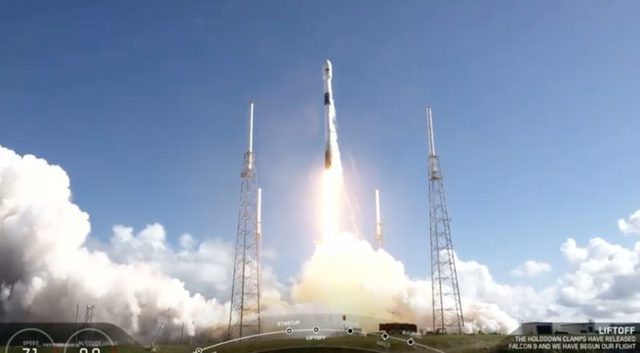
SEOUL, South Korea - South Korea has marked an agreement with SpaceX to send off five covert agent satellites by 2025, with the main send off on a Falcon 9 rocket before the finish of 2023.
A representative for the Defense Acquisition Program Administration (DAPA) affirmed the arrangement April 11, saying the 2023 send off would convey a 800-kilogram electro-optical infrared satellite to low Earth circle.
"The arrangement was made to send off five satellites engaged with the '425 venture,'" DAPA representative Park Geun-youthful told SpaceNews, alluding to a space-based observation project the safeguard service sent off in 2018 for closer checking of North Korea's tactical exercises. Under the undertaking, five satellites - four engineered opening radar (SAR) satellites and one highlighting an electro-optical infrared (EO/IR) telescope - will be sent off to low Earth circle somewhere in the range of 600 and 700 km by 2025, empowering South Korea's military to notice the atomic outfitted neighbor's key military offices at regular intervals with 30-50 centimeters goal symbolism, as indicated by a 2019 report delivered by the Korea Institute of S&T Evaluation and Planning. The representative declined to share the agreements of the arrangement, as well as send off plans for the other four satellites.
The Agency for Defense Development (ADD) and Korea Aerospace Research Institute (KARI) have driven the $970 million undertaking as essential project workers. Under the specialized help from Europe's Thales Alenia Space, ADD has worked with Korea Aerospace Industries (KAI) and Hanwha Systems to foster the four SAR satellites. KARI has fostered the EO/IR satellite.
It is the second time South Korea has employed SpaceX to do a space-based military mission. In the main undertaking, led in July 2020, a SpaceX Falcon 9 put South Korea's first military correspondences satellite, code-named Anasis-2, into geostationary Earth circle. The Anasis-2 satellite was produced in France via Airbus Defense and Space as a component of an offset commitment connected with a $7 billion offer of U.S. F-35 contender planes to South Korea in 2014. Under the provisions of the arrangement, F-35 maker Lockheed Martin consented to secure a media communications satellite for South Korea.